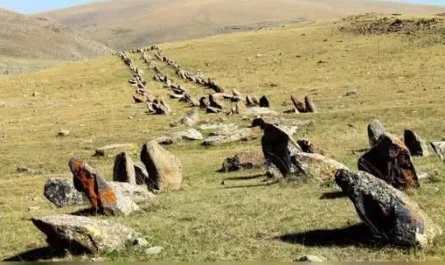In a groundbreaking discovery that redefines what we know about Earth’s inner landscape, scientists have revealed the existence of two colossal mountains buried deep beneath the planet’s surface. Towering roughly 1,000 kilometers high—over 100 times the height of Mount Everest—these hidden giants lie at the boundary between Earth’s mantle and outer core. One is located beneath Africa, and the other beneath the Pacific Ocean.
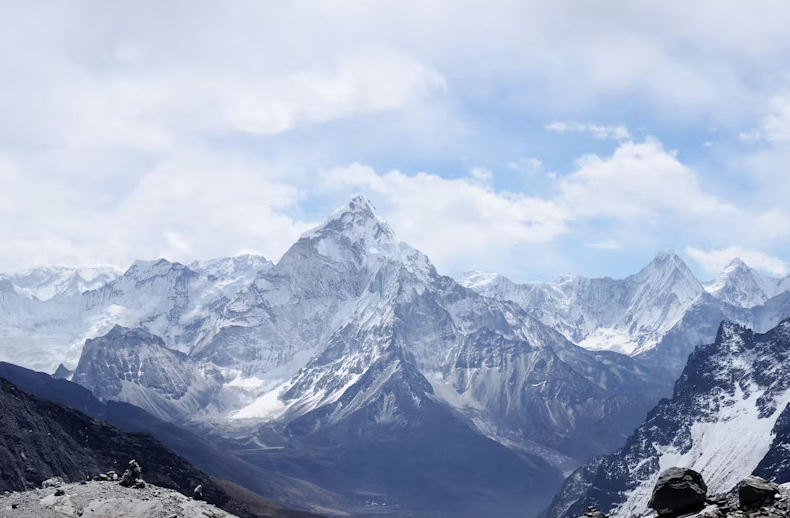
The Science Behind the Discovery
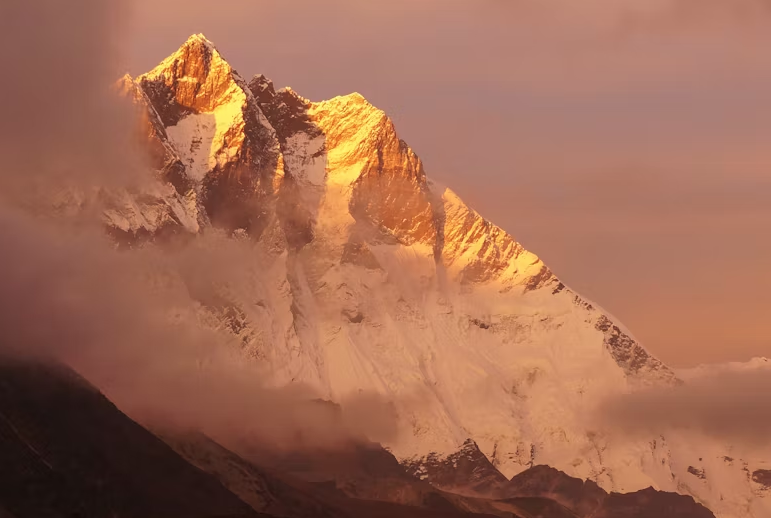
Detecting these underground formations took years of seismic sleuthing. Dr. Arwen Deuss, a seismologist at Utrecht University, led the research using seismic wave patterns generated by large earthquakes. “The waves slow down when passing through these regions,” she explains. “It’s like listening to Earth’s heartbeat—when something is off, it sounds different.” Similar to how doctors use X-rays to detect internal anomalies, geologists use these seismic shifts to map Earth’s hidden structures.
Mountains Older Than Mountains

These vast structures—dubbed Large Low Shear Velocity Provinces (LLSVPs)—might be some of the oldest formations on Earth, potentially dating back to the planet’s early history, four billion years ago. What sets them apart is their dense, unusual composition: coarse mineral grains not typically found in the surrounding mantle. Their size and makeup suggest they could be remnants from Earth’s formative years.
“Nobody truly knows their origin,” admits Dr. Deuss. “They may have been there since the Earth formed—or could be more recent, geologically speaking.”
The Graveyard Beneath Us
Scientists have also uncovered a fascinating connection between these deep-Earth structures and subducted tectonic plates—slabs of Earth’s crust that have plunged thousands of kilometers into the planet’s interior over millions of years. Unlike surface mountains formed by colliding plates, these subterranean peaks seem to rise from what some call a “graveyard of tectonic plates.”
Their discovery is providing new insights into plate tectonics, heat transfer within the Earth, and the dynamic interactions between mantle and core.
A Surprising Heat Signature
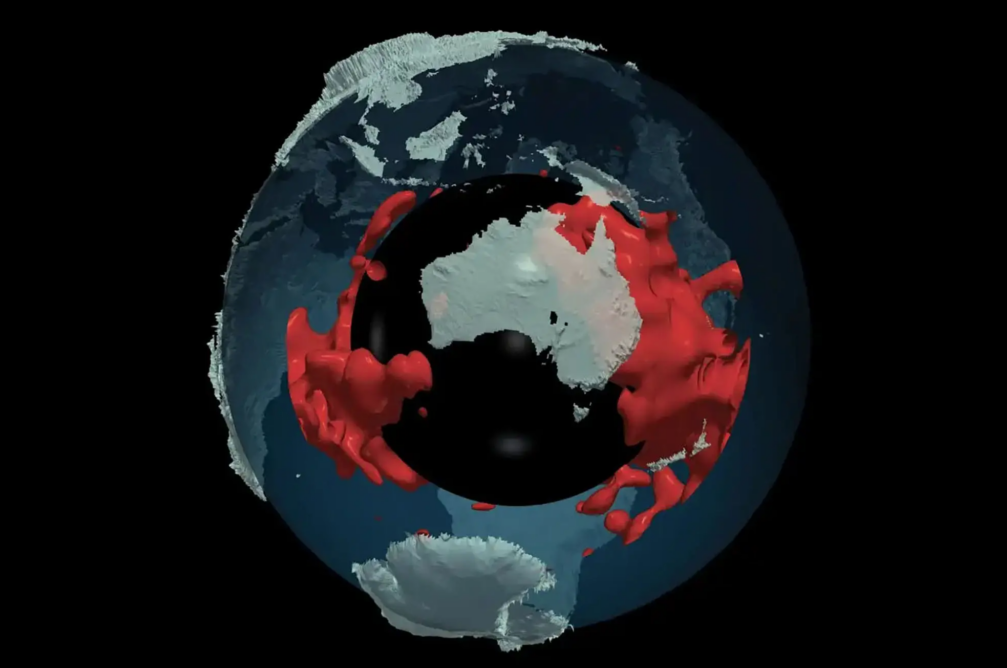
Another surprise? The unexpected thermal behavior of these structures. Researcher Sujania Talavera-Soza observed unusual seismic wave patterns in the LLSVPs. “Contrary to what we expected, damping was minimal,” she explains. “The waves rang loudly through these zones, suggesting higher temperatures but lower energy absorption compared to nearby areas.”
This anomaly has puzzled scientists and sparked new investigations into how heat and energy move through Earth’s lower mantle.
Mapping Earth’s Inner Terrain
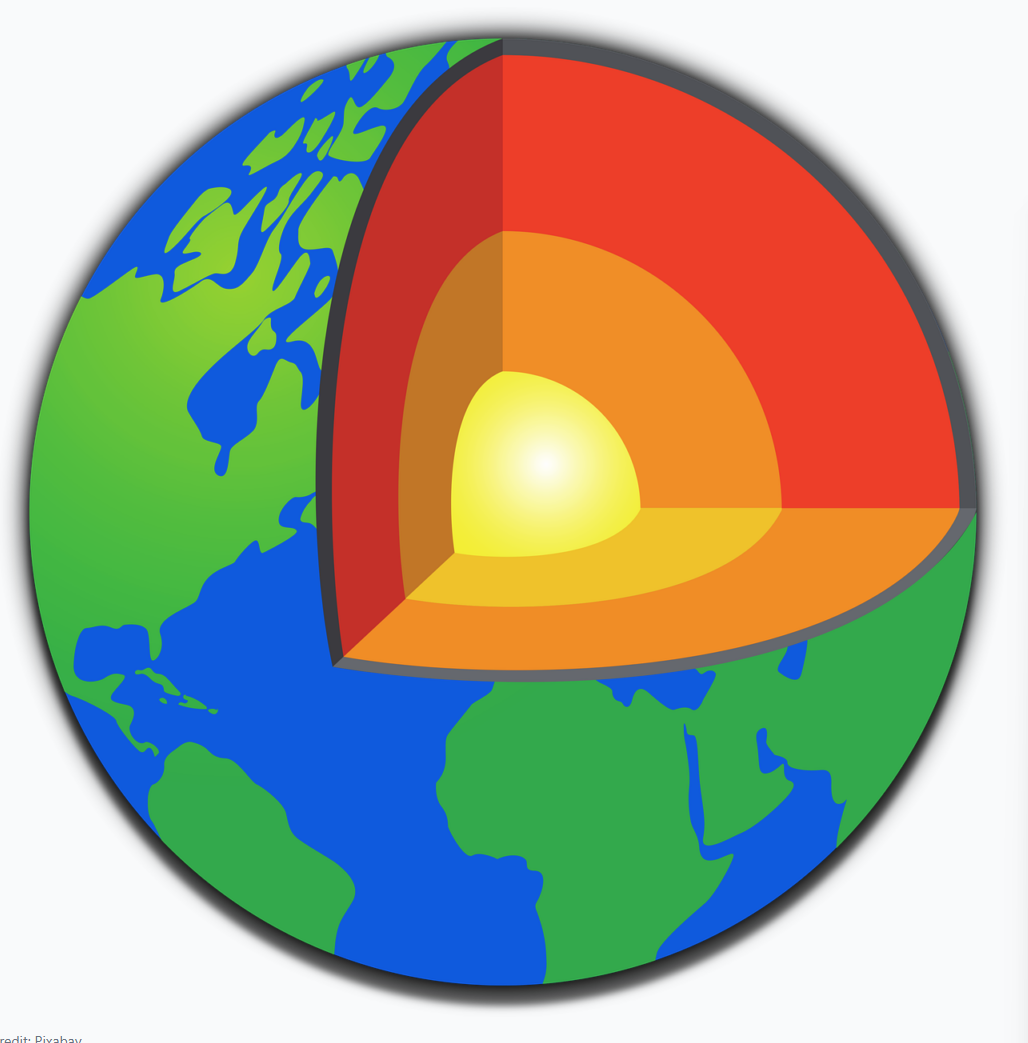
Just as Earth’s surface features mountains and valleys, so too does its interior. These underground peaks sit at the core-mantle boundary, about 2,900 kilometers beneath our feet. This area, once thought to be more uniform, is proving to be as varied and rugged as Earth’s crust.
New Clues in Earth’s Ancient Story

This discovery adds to a growing list of deep-Earth mysteries. Recently, scientists also uncovered a 250-million-year-old seafloor slab lodged over 400 kilometers below ground, and “dark oxygen” forming in ocean-floor sediments—oxygen generated without sunlight. Each of these revelations challenges and expands our understanding of Earth’s complex history.
Looking Ahead

These immense subterranean mountains are more than just geological wonders. They could hold the keys to understanding our planet’s formation, inner mechanics, and long-term evolution. As seismic technology and imaging techniques continue to improve, researchers expect even more secrets to rise from the depths.
Mount Everest may reign supreme above the clouds—but far below, even grander mountains have waited billions of years to be discovered.

